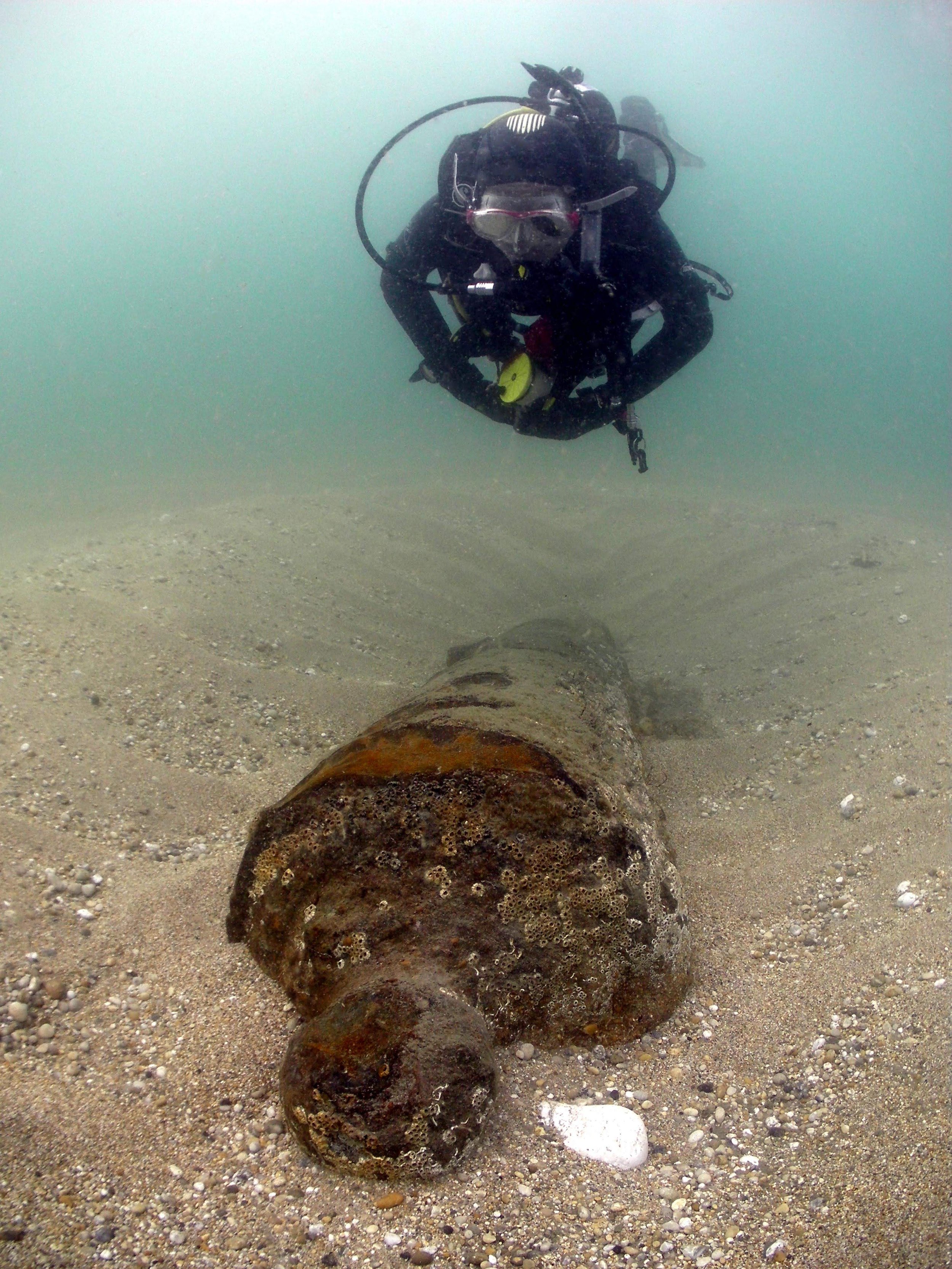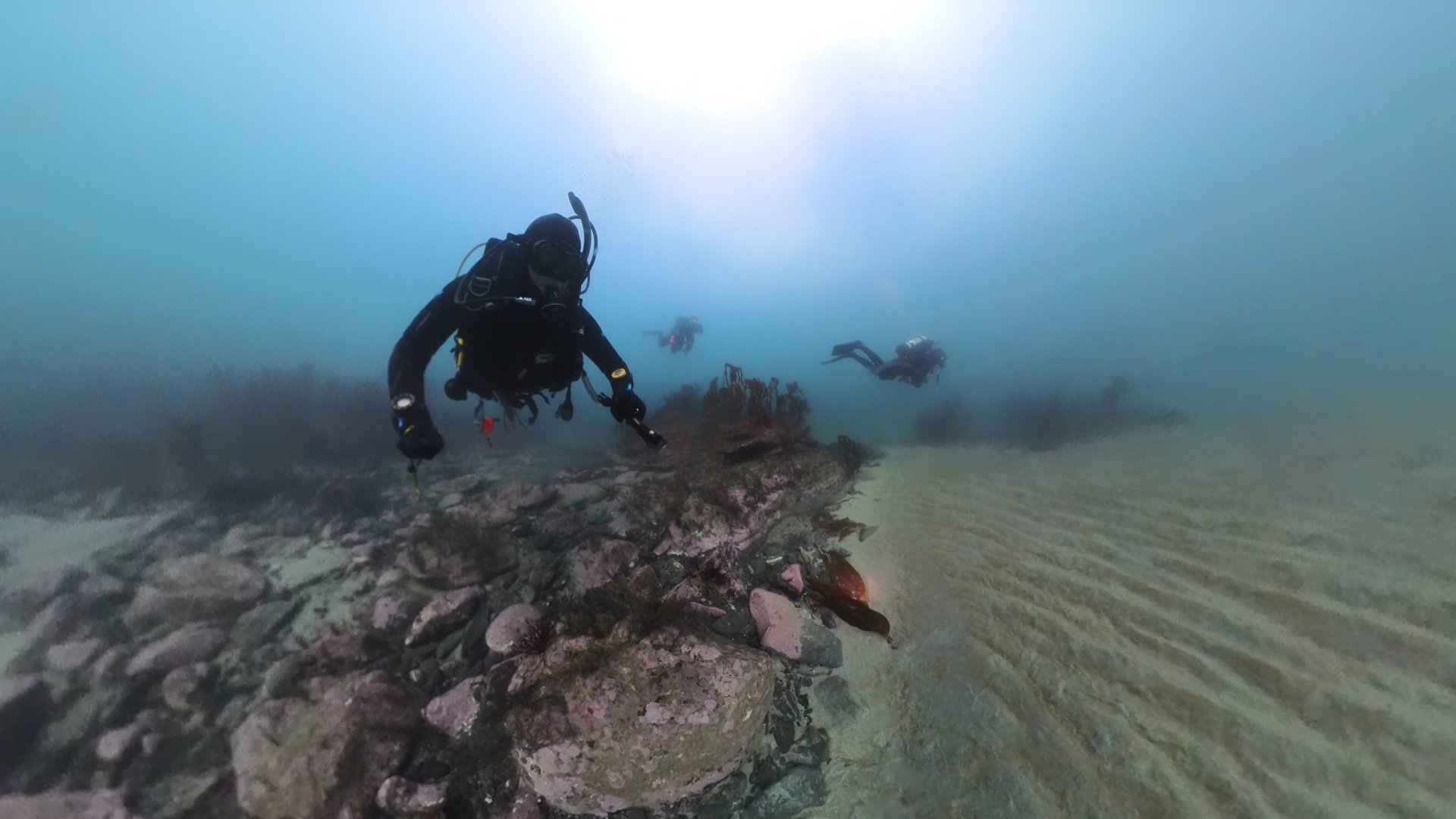SDI Advanced Buoyancy Diver £145
Introducing a diver to the benefits of controlling their buoyancy usually has a great positive effect, an effect that will enhance the diver’s sense of enjoyment and feeling of accomplishment. This specialty is designed to increase the open water diver’s understanding of the factors that influence buoyancy, and to train the diver how to use the means available to them as methods for controlling their buoyancy. The added benefits to the marine and freshwater environments, cannot be overstated; as well as a diver that has better control of themselves in conjunction with his environment.
Who this course is for:
The certified diver looking to improve and/or fine-tune their buoyancy to prevent damage to the underwater world.
Course prerequisites:
SDI Open Water Scuba Diver, SDI Junior Open Water Diver, or equivalent
Minimum age 18, 10 with parental consent
What you can expect to learn:
The SDI Advanced Buoyancy Diver course takes an in-depth look at all of the following and more:
Why do we care about buoyancy?
Don’t touch the aquatic life, save the environment
Less fatigue, less effort required, more fun
Reduced air consumption = more bottom time
Able to control buoyancy = better pictures or video
When must a buoyancy check be performed?
When equipment is changed
When diving environment is changed
Have not been diving for a while
During every dive
Buoyancy factors
Additional equipment; photo, video, extra cylinder, extra equipment, dive lights, etc
Cylinder weight changes during a dive as air is consumed from the cylinder, dependent on cylinder size
Using lungs vs. BCD.
Using BCD vs. dry suit
Staying physically fit
Breathing patterns and technique
Compression of suit due to water pressure
Weights – position and distribution and what impact that may have
Streamlining equipment
Streamlining body (body positions)
Efficient kicking style
Practicing your skills
Weighting
Swimsuit
3mm and 5mm wet suit
Cold-water suit with hood
Dry suit
How to perform a standard buoyancy check; with an almost empty cylinder
Some of the required skills you will have to demonstrate include:
Assembling of dive equipment
Pre-dive check
Perform a pre-dive buoyancy check with almost empty cylinder
Adjust weight to achieve correct buoyancy
Change cylinder and use a full cylinder
Do a pre-dive buoyancy check with full cylinder
Controlled descent
Hovering exercises
Fine-tune with breath control
Fine-tune with BCD or dry suit
Close to bottom exercises, no touch
Swimming exercises
Ascent that includes a safety stop hovering; simulate safety stop if in pool
Log dive, noting the amount of weight used
Change to a full cylinder
Do a pre-dive buoyancy check with the full cylinder
Controlled descent
Hovering exercises
Fine-tune with breath control
Fine-tune with BCD or dry suit
Close to bottom exercises, no touch
Ascent that includes a safety stop hovering; simulate safety stop if in pool
Log dive, noting the amount of weight used
What’s in it for you?
Upon successful completion of this course, graduates may engage in diving activities without direct supervision of the SDI Instructor* so long as the following limits are adhered to:
The diving activities approximate those of training
The areas of activities approximate those of training
Environmental conditions approximate those of training
*Note: Junior divers (ages 10-14) must participate in advanced buoyancy diving activities with a parent, guardian, or dive professional.
The SDI Advanced Buoyancy Diver certification counts towards a single specialty rating to achieve the SDI Advanced Diver Development program.
SDI Advanced Buoyancy Diver minimum requirements:
Complete all open water requirements efficiently
Demonstrate sound buoyancy techniques



